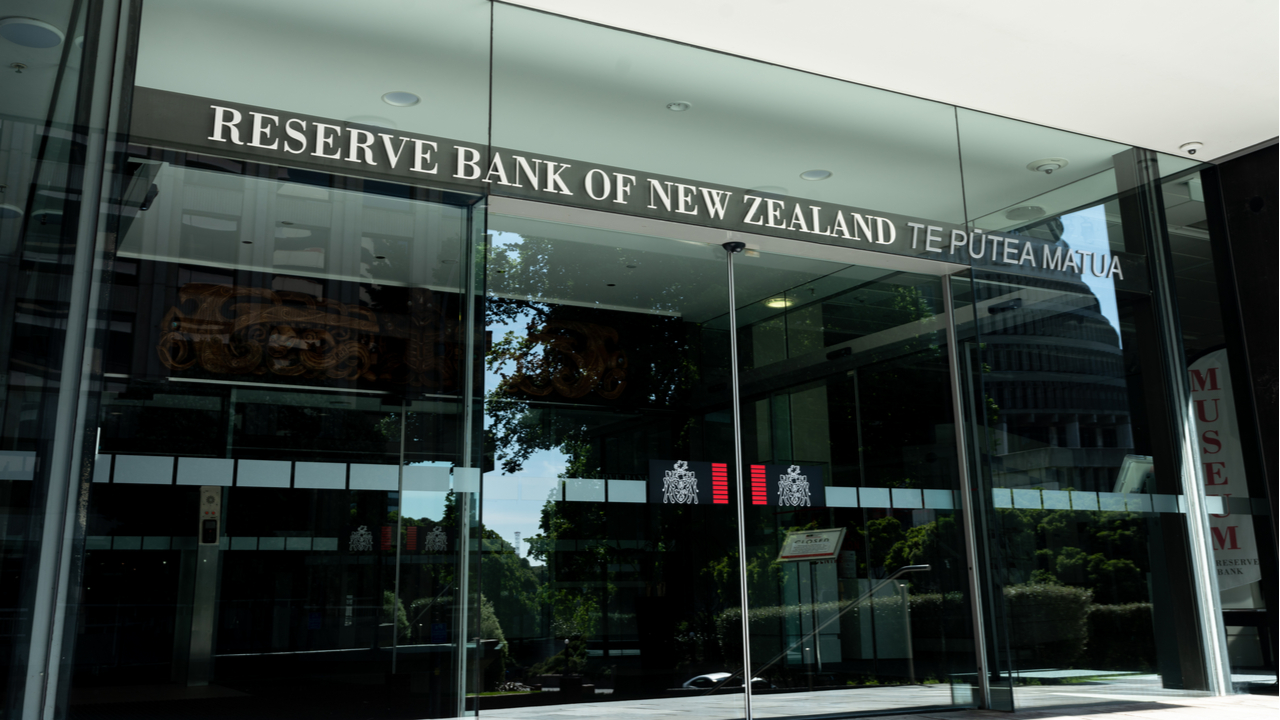
Reserve Bank of New Zealand however said that crypto and stablecoins should be more closely monitored.
The New Zealand central bank is ramping up its monitoring of stablecoins and crypto-assets following public submissions, but has stopped short of calling for a “regulatory approach.”
Ian Woolford, the Reserve Bank of New Zealand’s director of money and cash, said in a June 30 statement that the RBNZ agrees that “a regulatory approach isn’t needed right now, but increased vigilance is.”
Accompanying Woolford’s statement was a summary of 50 stakeholder submissions to an earlier RBNZ paper discussing crypto and decentralized finance.
New forms of money such as crypto and stablecoins create opportunities and risks for New Zealanders and the financial system. Have your say now on these and how we should respond: https://t.co/RE9j0ryjVk#rbnz pic.twitter.com/yvcR2tjd9y
— Reserve Bank of NZ (@ReserveBankofNZ) February 10, 2023
Respondents included the country’s crypto advocacy body BlockchainNZ, tech company Ripple, along with banks such as Westpac and the Bank of New Zealand.
Woolford said the submissions showed crypto had “significant risks and opportunities” along with “uncertainties” about the sector’s development which gave it the need for extra attention:
“We agree that caution is needed, which also reinforces the need for enhanced data and monitoring to build understanding.”
The RBNZ is seemingly waiting to see how other jurisdictions will regulate crypto before it makes its own moves.
“Global harmonization is crucial to ensure effective regulation,” Woolford said. He added best practices may become clearer “as overseas regimes are implemented.”
Related: Unfazed by SEC tumult, top banks work to make blockchains interoperable
A Chainalysis report in 2022 ranked New Zealand 108 out of 146 in its 2022 Global Crypto Adoption Index, just behind Austria and in front of Azerbaijan.
New Zealand’s current laws consider crypto a form of property. Digital assets are governed by various non-crypto-specific financial, money laundering and tax regulations that generally apply.
“Issues raised by cryptoassets and other innovations do not fall neatly within agency boundaries," Woolford said.
He added that consumer and investor protections, along with regulatory barriers to entry, do matter if the country wants to create a “reliable and efficient money and payment system.”
Magazine: Unstablecoins: Depegging, bank runs and other risks loom











